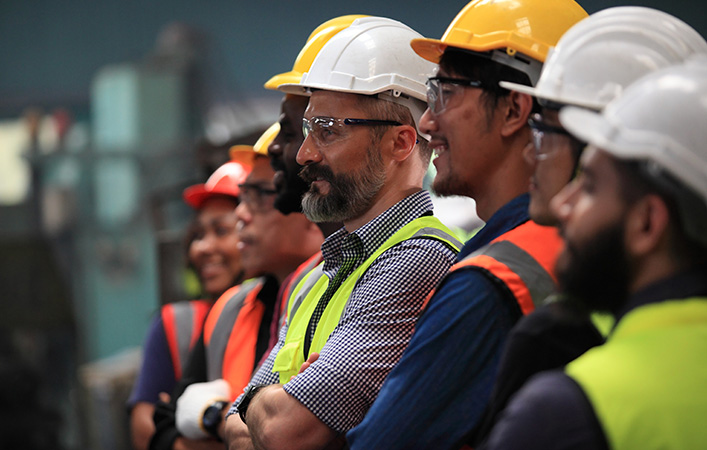WORKPLACE SAFETY — The implications of poor workplace safety reach far beyond the security team, so why is it when we’re calculating the benefits of security investments we only focus on benefits tied directly to the security team?
90% of your security costs are located outside of your security team, and we’d venture the same goes for the impact of your security spend. Just as much, if not more, than 90% of the impact of security projects will be located outside of the security team too.
Because of this there’s a huge benefit for us as security professionals to involve other departments when we are looking at investments. Whether it’s an investment in cybersecurity measures, physical security or human security, there’s a high chance it will impact someone else within the organization in a positive way.
The benefit of looking at the impact of security investments across your entire organization
Communicating the benefits of security investments usually faces three different problems depending on the type of investment as well as the organization in question.
- The benefit is rarely a cash amount, and when it is that cash amount is usually not that impressive
- Many calculations of security ROI involves a considerable amount of estimations and probability calculations
- The data points related to functional security are the same data points as those for unnecessary security measures (ie. do you have zero thefts because you have a security guard or are you paying a security guard for nothing)
All of this makes for a situation where living up to specific rules and regulations becomes the driving force for most security and workplace safety projects.
Because of this we, as security professionals, need to become a lot better at communicating the business benefits related to the systems and processes we implement, and because the cash value of most of our responsibilities is relatively low compared to that of other departments we can’t (and shouldn’t) default to talking about how much we can save if we switch from one system to another.
Instead we need to focus on how different initiatives affect different departments and functions whether it is how workers benefit from improvements to workplace safety, how risk reduction initiatives will help reduce the cost of specific security events, or even how sales would benefit from a specific security certification like ISAE3000 or SOC II.

3 types of workplace safety and security measures (and those who care about them).
With how the workplace has evolved to become more digital we can’t really talk about any type of security without also talking about cyber security. With that said, the functions that care about the different types of security measures still differ.
-
Physical security measures
Physical security measures is the first line defense against threats and includes things like cameras, locks, alarms and other access control systems that would restrict unauthorized entry.
While most employees will have skin in the game when it comes to physical security, their jobs will rarely be affected by it. However, if you’re looking for potential allies on a project related to physical security, the team handling your visitor management, as well as your receptionists and compliance teams will likely have an interest in your project.
-
Cybersecurity measures
As our workplace becomes more and more digital, cyber security has become increasingly important. Cyber security measures include things like firewalls, antivirus software and encrypted communications systems to help protect information.
And while you would likely expect functions like information security and compliance to be interested in cyber security measures, depending on your organization you might be able to find an unexpect
-
Human security measures
Human security measures involve policies and practices designed to safeguard the workers of an organization. This could be emergency drills or training, safety guidelines and reporting flows.
While these measures affect everyone who works in your organization you would most likely be looking towards functions like HR and compliance if you are looking for support on these matters from other departments.
Succeeding with workplace safety initiatives requires allies in other departments
As security professionals we can quickly be consumed by the projects we work on and how to solve them from a security or compliance perspective, but there’s a huge potential in involving other departments and functions in the process, especially when it comes to figuring out how your organization can benefit from a solution or a new process.
Who to bring in as allies for your workplace safety projects will depend heavily on the type of project you are working on as well as your organization specifically, but you should never discount an apartment as even functions like sales or marketing can turn out to be allies in proving the return on investment for your security measures.

